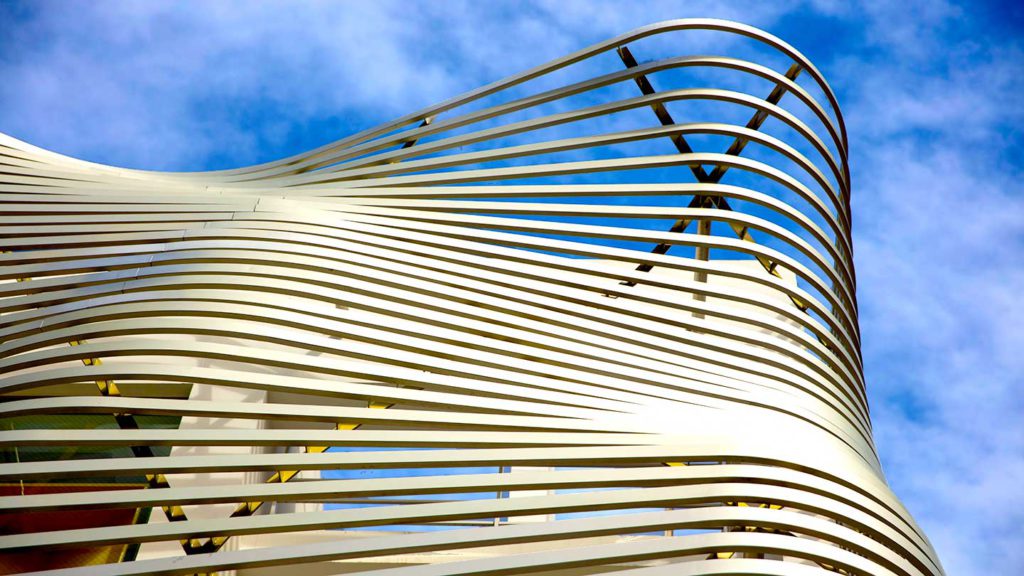
BHP Group Ltd. will focus on boosting returns from its burgeoning copper portfolio, the world’s biggest miner said on Tuesday, as it bets long-term gains for the crucial new-energy metal will help offset declining returns from iron ore as Chinese demand cools.
Chief executive officer Mike Henry, announcing full-year profit broadly in line with market expectations, underlined the mining giant’s efforts to double down on its own projects and mines — even after appetite for the red metal motivated last month’s acquisition of Filo Corp. jointly with Lundin Mining Corp., and, earlier in the year, the failed $49 billion effort to take over smaller rival Anglo American Plc.
“The Plan A for BHP was never about acquisitions and it wasn’t about that specific opportunity,” Henry told Bloomberg Television, when asked if the company could revive its Anglo bid. “It was about everything that you see in this set of results, which is focusing — first and foremost — on ensuring that we’re getting the most out of our capital.”
In the near-term, though, BHP underlined the impact China’s uneven recovery and volatility in global commodity markets, with iron ore supply outpacing demand into next year as surplus steel floods the market.
“What we’re seeing play out in the market is really a fine balance between steel demand and iron ore supply,” Henry said.
China’s slowing economy and languishing property market are damping demand for metals, especially steelmaking staple iron ore, which accounts for almost two-thirds of BHP’s revenue. The head of China Baowu Steel Group Corp., the country’s biggest steel producer, warned this month the industry faced a situation worse than crises in 2008 and 2015.
Both iron and copper have weakened since the end of the reporting period, potentially signaling more challenging times ahead.
Headline earnings still underscored the continued resilience of the miner’s core iron ore and copper operations. Underlying attributable profit came in at $13.66 billion for the year through June, up 2% from the year earlier and just above analysts’ estimate of $13.49 billion. The company’s share price rose as much as 2.7% in Sydney following the earnings release.
The company spent $9.3 billion in capital and exploration in the period, up 31% from the year before. It aims to expand that spending to $11 billion by fiscal 2026, with two third of the amount on copper and potash.
The red metal currently generates just under 30% of BHP’s sales. Output rose 9% over the year through June, and the company is forecast a further 4% expansion this year, an improvement on peers who have seen less reliable increases.
“What was positive was just the continued focus on copper growth – the amount of options they have in their portfolio and what levers they can eventually pull,” RBC Capital Markets analyst Kaan Peker said. While concerns remained around China’s slowdown in iron ore and steel demand, there was a sense from BHP “that maybe the demand picture isn’t as negative as it seems,” he added.
BHP’s overall revenue rose 3%. Higher sales volumes and relatively strong prices for iron ore and copper were partially offset by lower coal prices and a crash in nickel, caused by a surge of cheap Indonesian material that ultimately prompted the miner to shutter its Nickel West business.
Potash may prove another bright spot for BHP. Its $14 billion potash mine in Canada’s Saskatchewan region is expected to produce more than 4 million tons of the crop nutrient annually from 2026. Last year, BHP approved an expansion to more than double the production.
The Melbourne-based company is looking at a potential expansion of its Western Australia iron ore business to lift output to 330 million tons annually, compared with 260 million tons in the year just completed. Henry said that was contingent on market factors, and that China’s steel demand had plateaued.
“Some sectors of the Chinese economy that drive steel demand, such as shipbuilding and the auto industries, are actually performing quite healthily,” Henry said.
BHP is the latest diversified miner to demonstrate heft can, for now, help weather the China property storm. Rio Tinto Group’s first-half profit was slightly higher than a year earlier. Vale SA — the world’s No. 2 iron ore producer — posted second-quarter earnings that were only just below analyst estimates.
BHP will pay a final dividend of 74 cents per share, compared with 80 cents a year ago.
(By Paul-Alain Hunt)
Comments